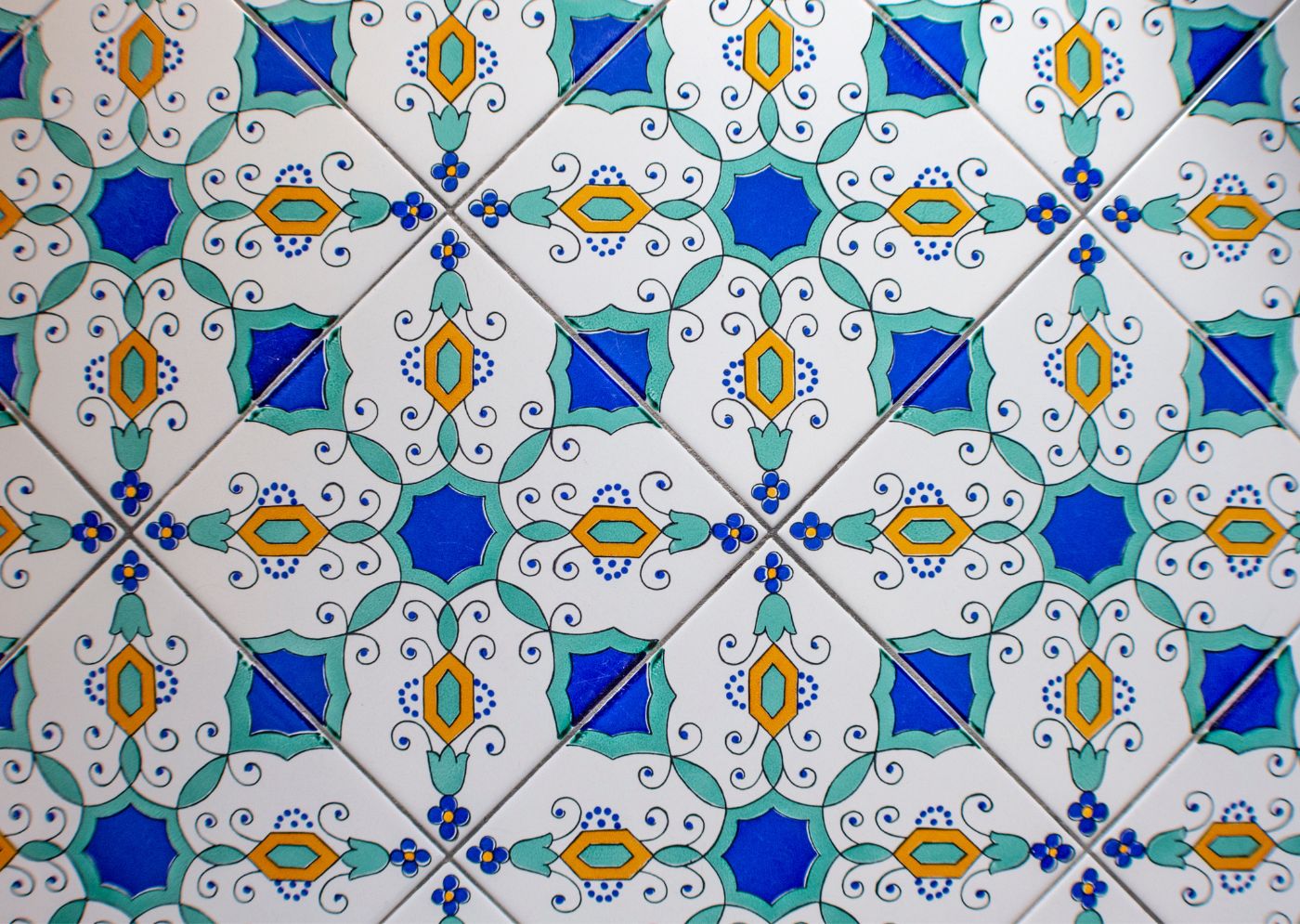Vietri ceramics recognised as Intangible Cultural Heritage of Campania

By executive decree no. 382 of 13 August 2025, the Directorate-General for Cultural Policies and Tourism of the Campania Region, at the request of the Municipality of Vietri sul Mare, officially notified the inclusion of the traditional knowledge of Vietri ceramics craftsmanship in the Inventory of Campania’s Intangible Cultural Heritage (IPIC). The inventory aims to catalogue, safeguard and promote the traditions and practices that define the cultural identity of Campania, supporting their transmission between generations.
This prestigious award confirms the undoubted historical, cultural and social value of a tradition that has represented the soul of the area and its inhabitants for centuries. Vietri ceramics are recognised worldwide and have a strong identity rooted in the community, which has been promoted through various initiatives developed over the years, such as the Provincial Ceramics Museum in Villa Guariglia, membership of the AICC – Italian Association of Ceramic Cities, the establishment of the Vietri sul Mare School of Ceramics, the creation of the Vietri Ceramics Portal and the establishment of the International “Journey Through Ceramics” Award.
A brief history of Vietri ceramics
Vietri ceramics boast an ancient history. Their origins are intertwined with those of ancient Marcina, a city founded by the Etruscans, flourishing with trade and commerce, from which Veteris ad mare was born. The Etruscans, who had learned the art of working clay from Greek colonists, began trading in pottery, various furnishings and terracotta religious objects, skilfully manufactured in the first rudimentary kilns.
However, it was during the medieval period that ceramic production in Vietri sul Mare experienced significant growth. Trade in Vietri objects is documented as early as 899, when vases and tableware were exported to Taranto. An important role in the development of production was played by the Abbey of the Holy Trinity in Cava dei Tirreni, which had received the port of Vietri as a gift from Duke Ruggiero and which, founded in 1020, influenced production both in terms of quantity and decorative styles. Compared to the town of Cava dei Tirreni, the Vietri area was considered the industrial zone where facilities could be built to produce objects that could be used by the abbey.
Between the 16th and 17th centuries, Vietri’s production structure took over, transforming itself into a proto-industrial model: ceramic factories, known as “faenzere” after the city of Faenza, where the production of majolica coated with tin glaze had developed in the 15th century, multiplied in Vietri, destined to become a ceramic product of the highest quality. In the 18th century, production expanded exceptionally, with ceramists who were not owners of faenzere but simply workers in structures belonging to religious institutions.
Vietri ceramics continued to gain prestige and production techniques became increasingly refined, until a decisive turning point came in the 1920s, when numerous foreign artists, mainly Germans, arrived in Vietri, attracted by the beauty of the landscape and the local culture. With these artists came the transition from ceramics as a craft product to the idea of creating an industry that would preserve the characteristics of craftsmanship but with more continuous and constantly updated production. Furthermore, their presence and encounter with local craftsmen led to the birth and spread of a hybrid and original decorative style, which took local subjects and interpreted them in the light of a distinctly international culture.
Today, Vietri ceramics continue to be a living and thriving art form. The master potters of Vietri sul Mare preserve ancient craft techniques, working with passion and dedication to create unique works of art. Every object and furnishing is reproduced in ceramics: from vases to cups, from plates to tiles. Even the streets of the town speak of ceramics, where tiles are embedded in the walls of the houses, creating a veritable open-air museum.


